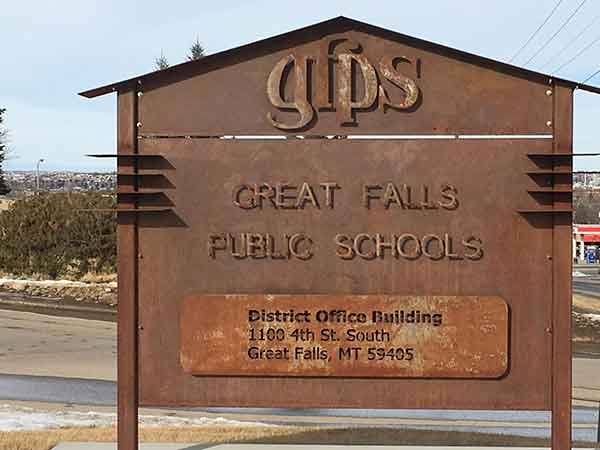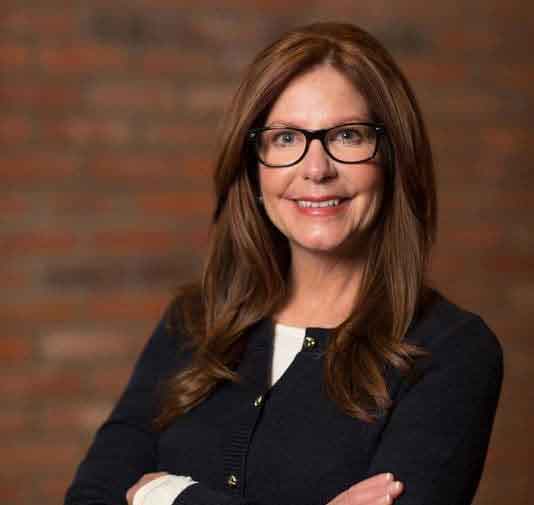Say what you will about the School Trustees, but a majority of them seem to be very tuned in to public sentiment. Last night, the School Board rejected a $1.2 million elementary levy by a 4-2 vote, with only Bob Moretti and big government liberal Don Ryan dissenting. Ryan is currently up for re-election. As the tide seemed to…
Category: GFPS
Anonymous Packet Hits The Westside, Rips GFPS
A number of Westside residents received a surprise in their mailboxes this week, in the form of the following 12-page packet. In it, the author takes issue with Tammy Lacey and GFPS for the School District’s construction plans at the Little Russell School site. The District’s operations facility does not conform with county zoning requirements. One…
BREAKING: GFPS Budget Committee Recommends $1.2 Million Elementary Levy, $1 Million Tech Levy
At the GFPS budget meeting (which is still underway), the budget committee recommended a $1.2 million levy for elementary schools, as well as a $1 million technology levy. That’s two levies, for $2.2 million, proposed not even six months after voters approved a nearly $100 million school bond. The full Board of Trustees will vote on whether or not…
Elevated Comment From The Trib Online
In today’s “The Edge,” the Tribune’s editorial board took issue with Republican Rep. Jeff Essmann’s opposition to a mail-in ballot for Montana’s U.S. House special election. The Tribune raises a legitimate point, one we agree with: Shouldn’t we want the most people, regardless of party, voting? Commenter and occasional contributor to this blog, Rick Tryon,…
The School District Wants Your Input
We received the following message from Aaron Weissman this morning, and are happy to help spread the word. Please take a minute and let the School District know which academic calendar you like best, or, dislike the least: “The school district calendar committee (aka, the “make everyone unhappy” committee) is working on the 2018-2019 calendar and have…
More “Alternative Facts” In The Great Falls Tribune?
Has anyone else noticed a pattern in the Great Falls Tribune’s education beat? Do you recall its blatantly inaccurate coverage a couple weeks ago? In an article about this Tuesday night’s GFPS budget meeting, Trib reporter Sarah Dettmer pointed to rising K-8 enrollment, but less high school students in the district this year: According to the final 2016-2017 school…
Anyone Want To Run For School Board?
Three School Board seats are up for grabs in this year’s Great Falls school election, set for May 2, 2017. The election will be held by mail. Thus far, according to the Commissioner of Political Practices’ website, incumbents Jan Cahill (Board Chairman) and Don Ryan have filed for re-election. Trustee Jason Brantley is also up…
Fuzzy Math Frames Issue Of GFPS Tech Spending
Something doesn’t fit. After Monday night’s budget presentation by Great Falls Public Schools, the Great Falls Tribune painted a grim picture of the District’s per-pupil technology spending compared to other AA school districts. Sarah Dettmer for the Tribune reported: According to data collected from fiscal year 2016, Great Falls is spending $21.66 per student for technology. GFPS…
Reflections On DeVos, Arntzen, And Public Education
A philosopher once said that we are really three quite different people; the one we see as our self, the one others see, and the one we really are. All very different and the first two are merely reflections. The recent discourse concerning the Q & A session between representatives of the Great Falls Public Schools and…
Tribune’s Education Reporter Doubles Down On Arntzen Hit Piece
Sarah Dettmer, the Great Falls Tribune’s education reporter, seems to have it out for Elsie Arntzen. Yesterday, Dettmer published a heavily self-referential, self-congratulatory article to explain away some of the blowback from her hit job on the freshly-elected Montana Superintendent of Public Instruction, Republican Elsie Arntzen. Dettmer writes: Then, Great Falls Public Schools Superintendent Tammy Lacey stood up to…









